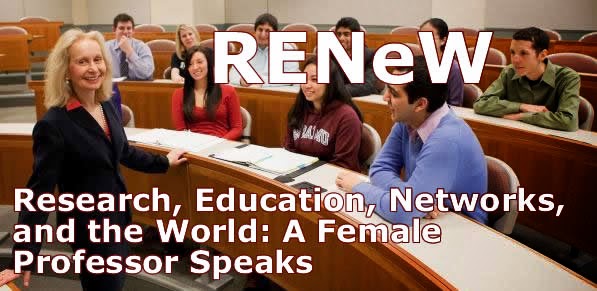I am a huge fan of the magazine The Economist and have been a subscriber for many years. If I have an upcoming long flight then I store up and hoard several issues because I know that I will be engaged reading them and also sometimes educated, but not always.
I have also written Letters to the Editor to The Economist. One was published in 2008 and it had to do with traffic and drivers' behavior in choosing routes.
Over the past few weeks I have especially enjoyed a series in The Economist, which is in 6 parts, entitled: Six big economic ideas.
The fifth column in this series, however, piqued me sufficiently to compose a letter. The column was on: Game theory: Prison breakthrough - The fifth of our series on seminal economic ideas looks at the Nash equilibrium.
The paragraph that bothered me I have taken a photo of and it is the top one below:
Specifically, the sentences in it that needed proper acknowledgment are: "Self-interested drivers opting for the quickest route do not take into account the effect of lengthening others' journey times, and so can gum up a new shortcut. A study published in 2008 found seven road links in London and 12 in New York where closure could boost traffic flows."
Hence, I composed a Letter to the Editor, which I emailed on August 25. Since enough time has elapsed I assume that it will not be published so I am reprising it below:
I was delighted to read your fifth brief in the series on seminal economic ideas which featured the contributions of John Nash, whose work, notably, the Nash equilibrium, as you mention, has informed a wide spectrum of fascinating applications, and has fostered additional research. However, I believe in giving credit where credit is due: although I was pleased to see you mention transportation networks and what is, in effect, user-optimized behavior, in that drivers selfishly choose their cost-minimizing routes of travel from origins to destinations without considering the impact on society, your article fails to acknowledge the (in)famous Braess paradox paper, which was published in 1968 (much before the study in 2008 that you allude to). Braess, in his paper, which was published originally in German, demonstrated that the addition of a new route can make all travelers in a transportation network worse-off. Because of the fascination with this phenomenon, which also can occur in other decentralized networks, Dietrich Braess, Tina Wakolbinger, and I translated the article from German to English and the translation (with a foreword as to how he made this discovery) was published in Transportation Science in 2005 and is now freely available for download:http://homepage.rub.de/Dietrich.Braess/Paradox-BNW.pdf
And, in honor of both John Nash, whom I have cited in probably close to 100 of my papers, and also to Dietrich Braess, another brilliant mind, below I include photos of them. With me and Braess is Dr. Tina Wakolbinger, who was my PhD student at the Isenberg School of Management, and is now a Full Professor at the Vienna University of Economics and Business in Austria.
And for those of you interested in new developments on the Braess paradox, we have now obtained physical proof of its occurrence in electrical circuits:
About Me
- Dr. Anna Nagurney
- Dr. Anna Nagurney is the Eugene M. Isenberg Chair in Integrative Studies at the Isenberg School of Management at the University of Massachusetts Amherst. She was appointed to this chaired professorship on April 14, 2021. Prior to this chaired professorship, since 1998, she was the John F. Smith Memorial Professor of Operations Management. She was a Visiting Fellow at All Souls College at Oxford University for the 2016 Trinity term. She was a Visiting Professor at the School of Business, Economics and Law at the University of Gothenburg in Sweden for 2012, 2013, 2014, and 2015. Her latest book is: Labor and Supply Chain Networks, published by Springer in 2023. Her other recent book, co-edited with I. Kotsireas, P.M. Pardalos, and A. Tsokas, is: Dynamics of Disasters: Impact, Risk, Resilience, and Solutions, and was published by Springer in 2021. She is also the co-author of the book: Competing on Supply Chain Quality: A Network Economics Perspective, with D. Li, and published in 2016. She is the Founding Director of the Virtual Center for Supernetworks, which she established in 2001.




















